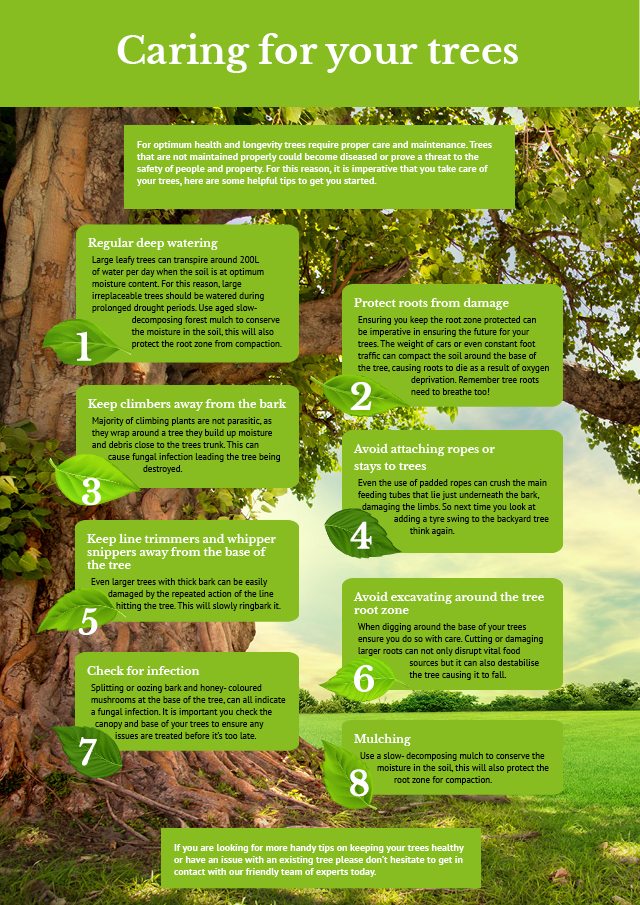Post-Tree Removal Upkeep: Efficient Approaches For Landscape Restoration
Post-Tree Removal Upkeep: Efficient Approaches For Landscape Restoration
Blog Article
Web Content By-Franks McKinnon
After a tree's elimination, your landscape may look fairly different, and it's necessary to assess the aftermath very carefully. You'll intend to evaluate the soil disruption and inspect bordering plants for any type of indications of tension. Overlooking these variables can result in larger problems down the line. So, what should you perform with those stumps and roots? And exactly how do you choose the most effective plants for your rejuvenated space? Allow's check out these important steps.
Analyzing the After-effects: Reviewing Your Landscape
After a tree elimination, it's essential to evaluate your landscape to understand the effect it carries your yard.
Begin by analyzing the area where the tree stood. Try to find signs of dirt disruption, and check the surrounding plants for any kind of stress and anxiety or damage.
You ought to additionally bear in mind of just how the elimination has altered sunlight direct exposure and airflow in your garden. This change can affect the growth of neighboring plants, so it's important to examine their wellness.
Consider the visual aspects too; the elimination could develop an open space that you can redesign.
Finally, consider any kind of possible disintegration concerns that might arise from the tree's absence. Resolving these variables early will help restore balance to your landscape.
Managing Stumps and Roots: Alternatives for Elimination
Once you have actually assessed the results of the tree elimination, you'll likely require to take on the stump and origins left behind.
You have a couple of choices for elimination. Best Tree Removal Company Near Me is stump grinding, where a specialist utilizes an equipment to grind the stump down to below ground level. This method leaves marginal disruption to your landscape.
If you like a DIY approach, you can make use of a combination of excavating and chemical stump removers. Just bear in mind, this process can take some time and effort.
Conversely, take into consideration leaving the stump as an all-natural feature, which can function as a distinct yard aspect or habitat for wild animals.
Whatever you choose, addressing the stump and origins is vital for restoring your landscape.
Picking the Right Plant Kingdoms for Your New Area
As you evaluate your recently gotten rid of space, selecting the right plants can substantially boost your landscape's charm and performance.
Begin by taking into consideration the sunshine and dirt problems. For bright areas, go with drought-resistant plants like lavender or succulents. In shaded spots, ferns and hostas flourish well.
Consider the dimension and growth habits of your plants; mix perennials and annuals for seasonal selection. Do not forget to include indigenous species; they call for much less maintenance and support local wild animals.
Team plants in strange numbers for a more natural look and produce layers for visual deepness.
Finally, guarantee you have a mix of colors and appearances to keep your landscape vivid throughout the periods.
Delighted planting!
Final thought
In conclusion, restoring your landscape after tree removal is a satisfying procedure. By assessing the after-effects, addressing stumps and roots, and selecting the right plants, you'll produce a successful setting. https://stumps-axe-throwing51617.newbigblog.com/41516676/tree-removal-expense-insights-budgeting-for-your-landscape-design-essentials fail to remember to incorporate disintegration control measures to shield your soil. With a little effort and treatment, you can change your space into a lively garden that enhances your property. Accept the opportunity to revitalize your landscape and take pleasure in the beauty of nature right in your yard!
